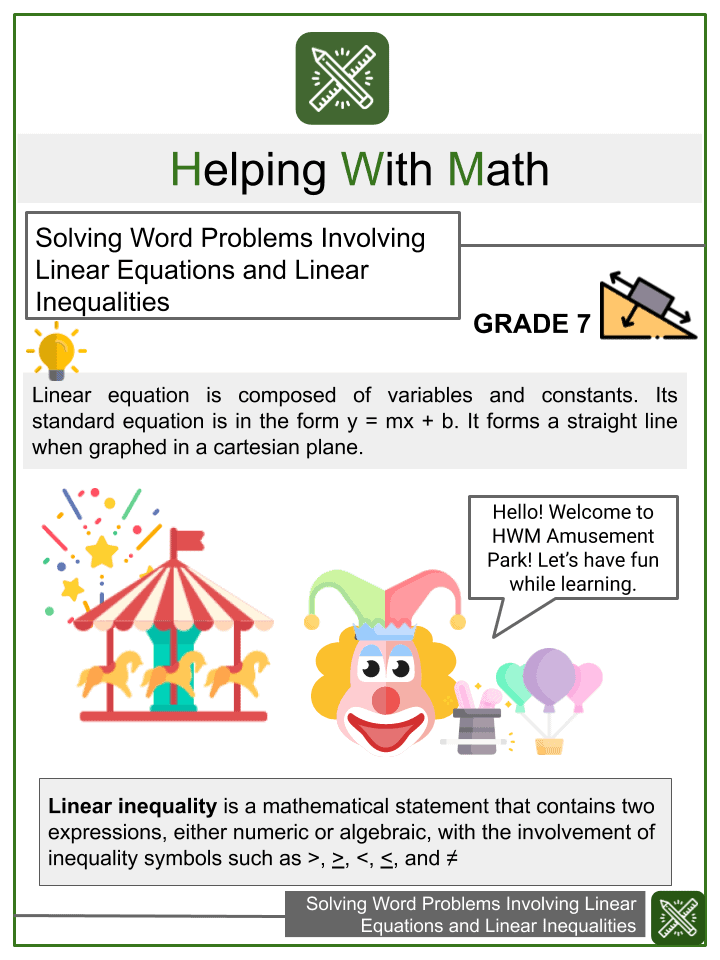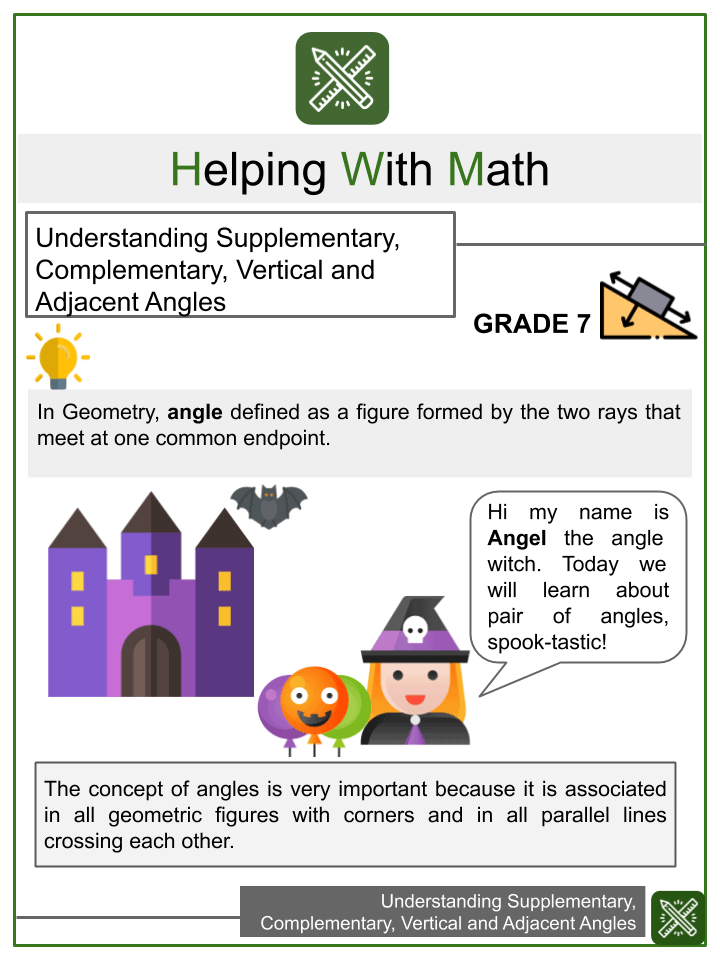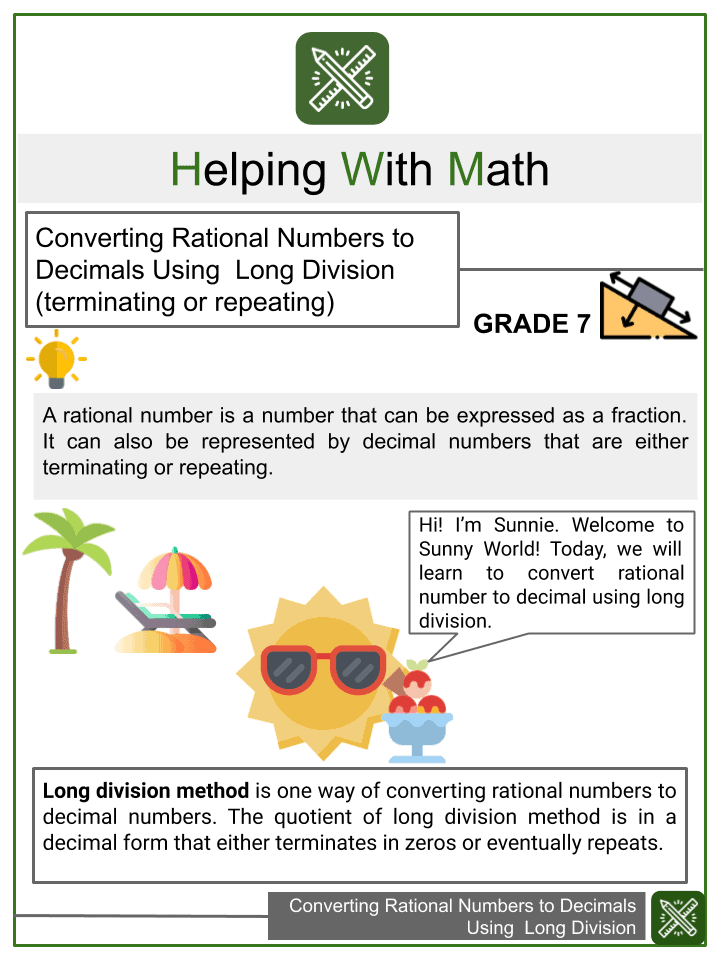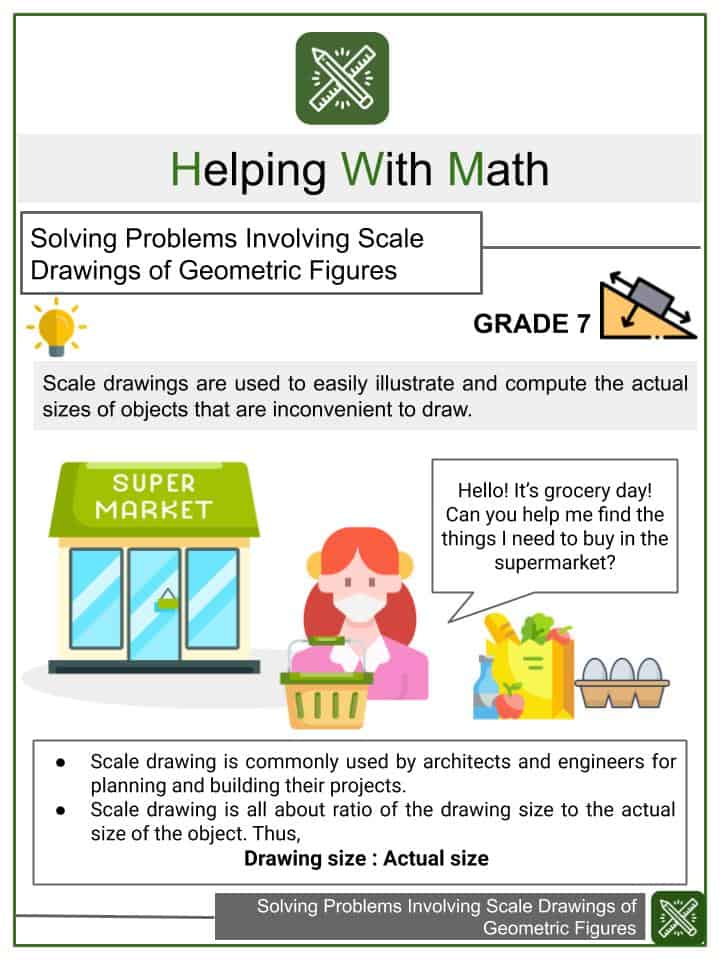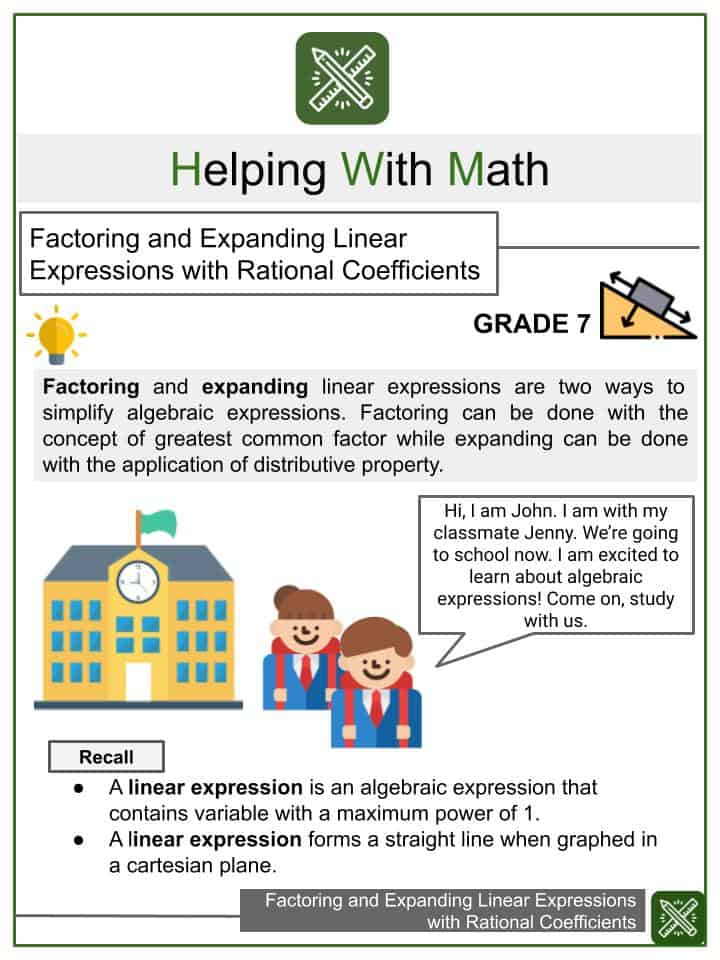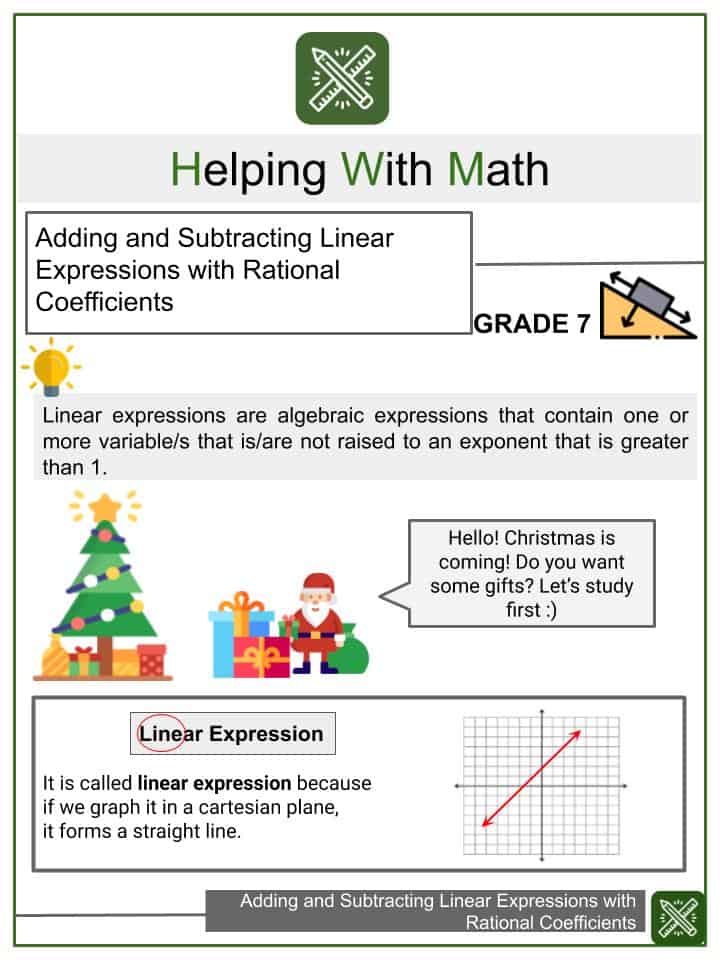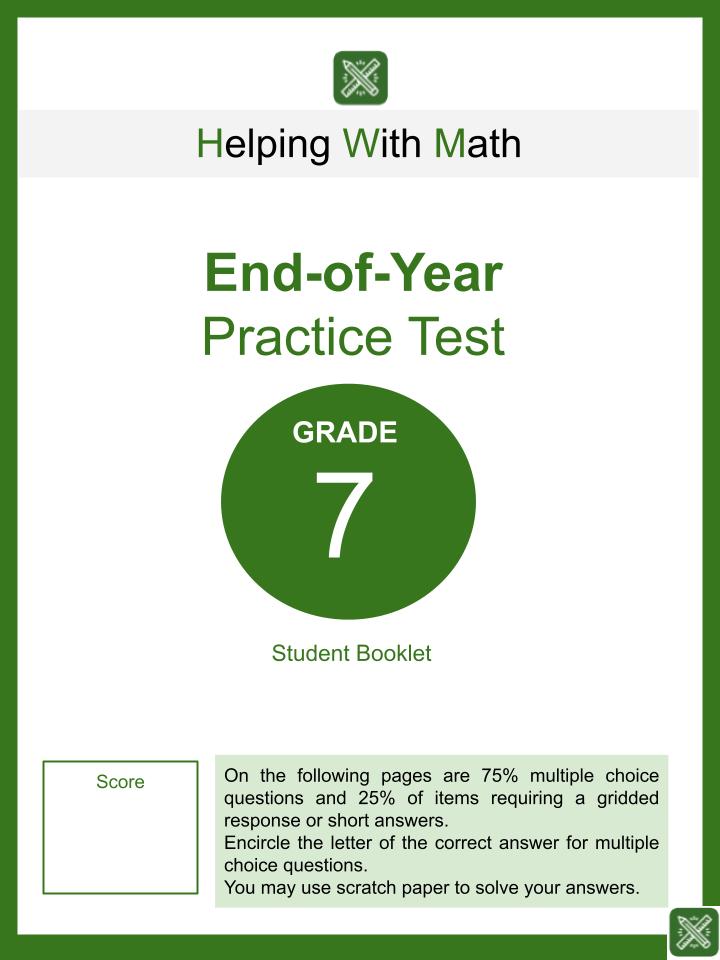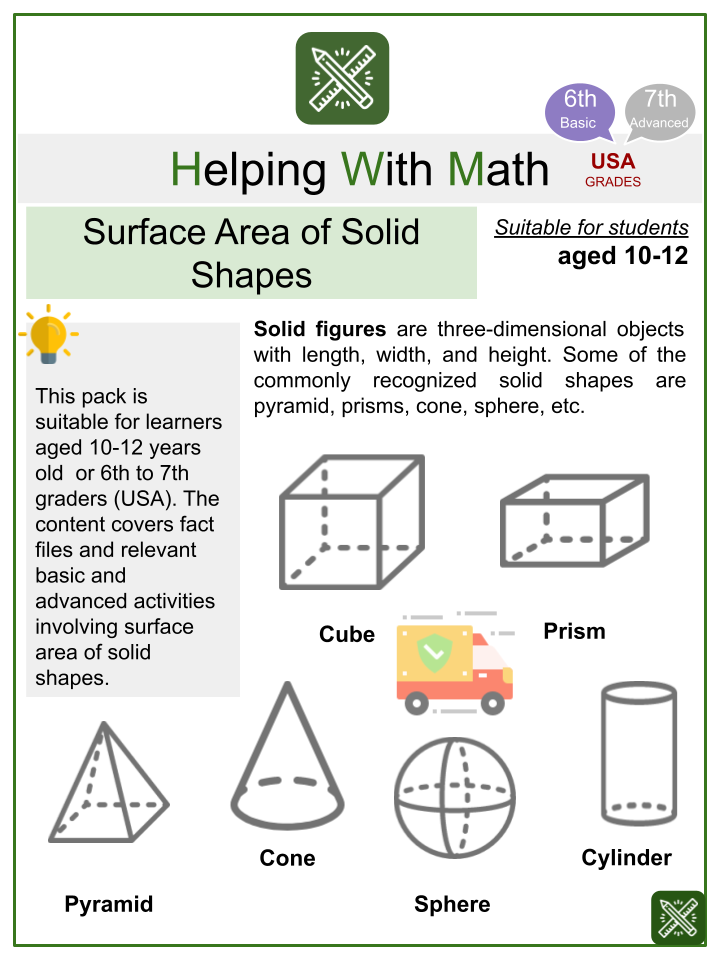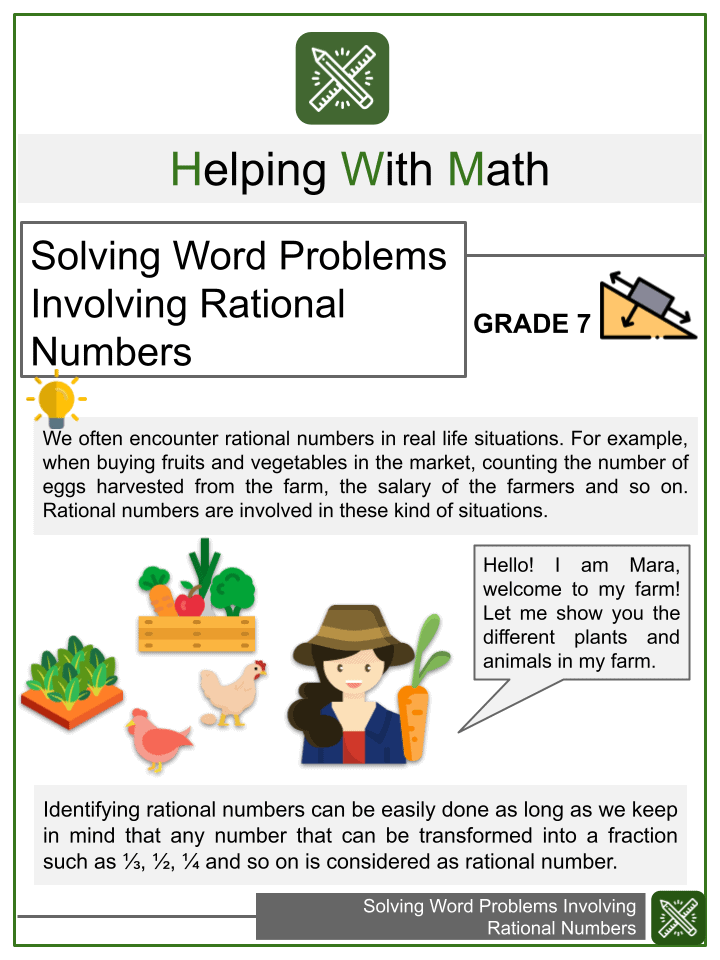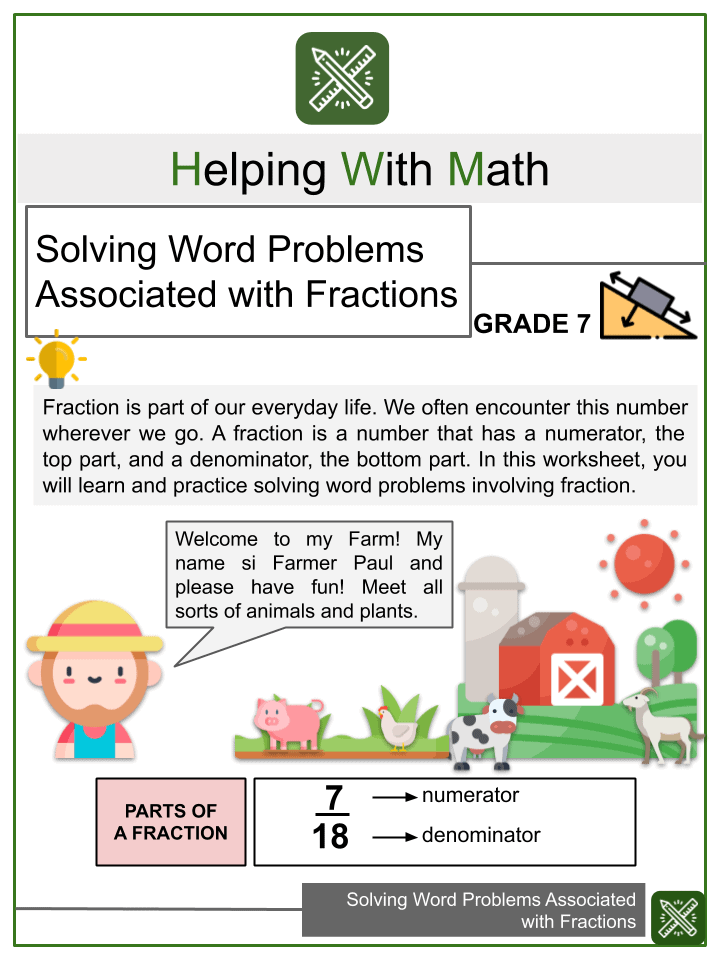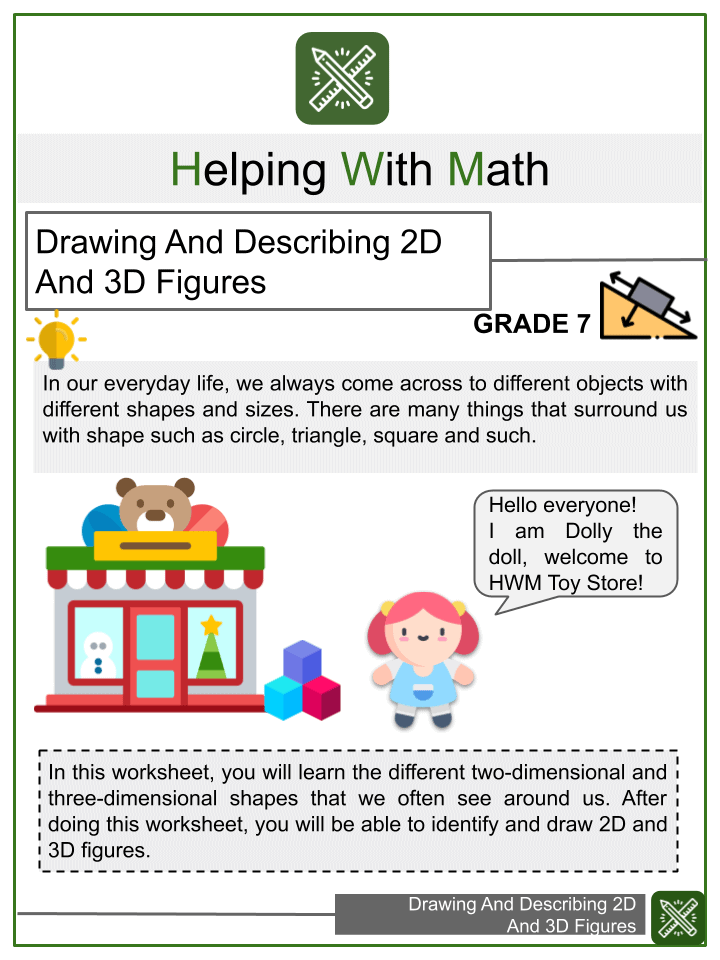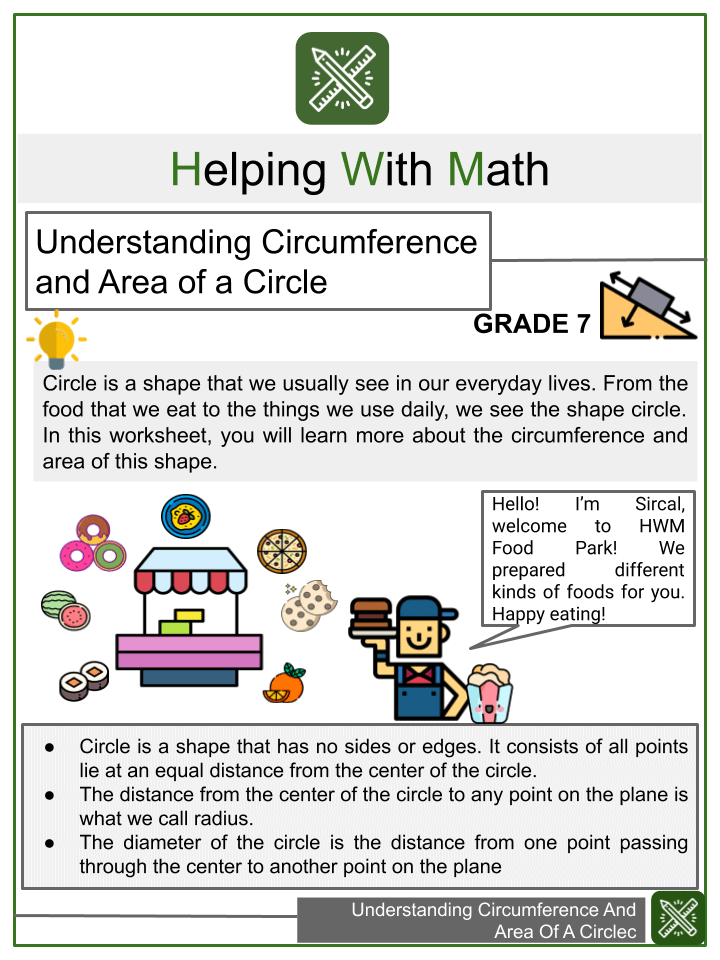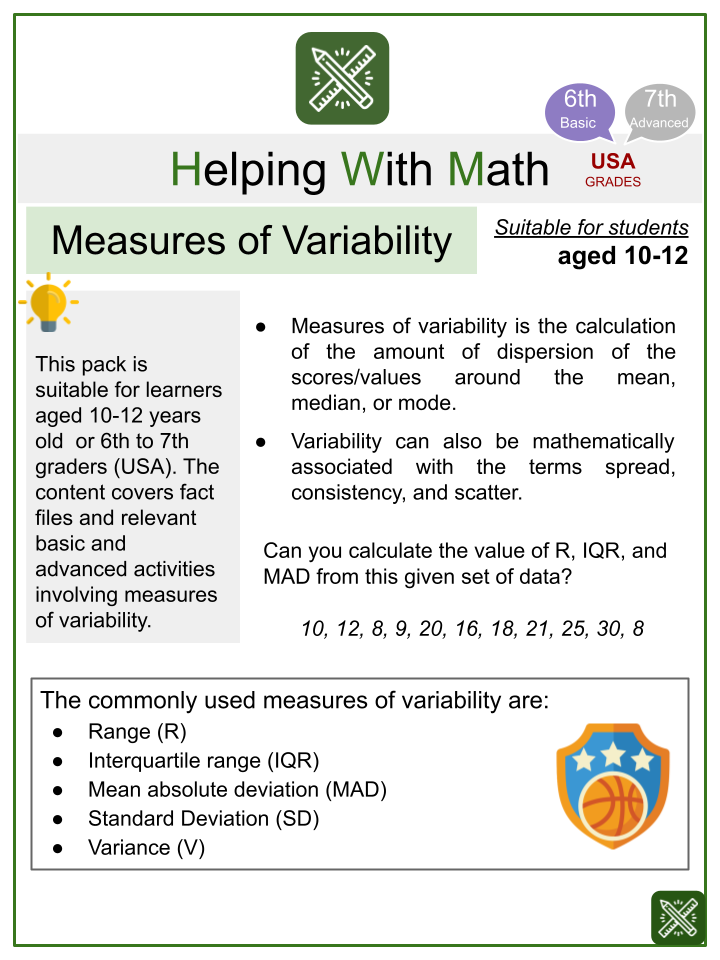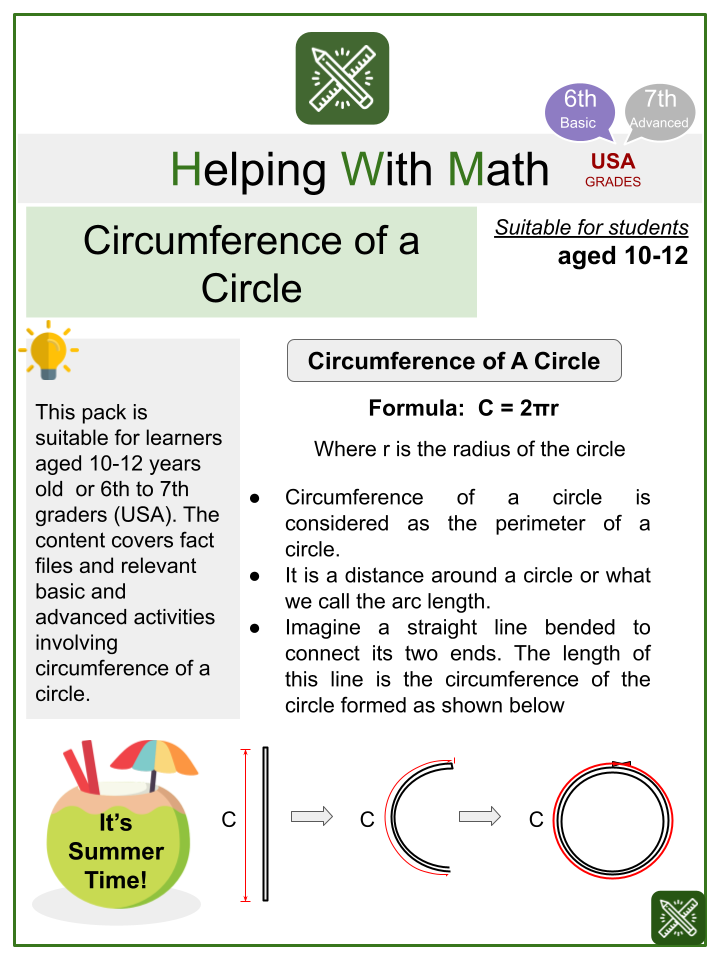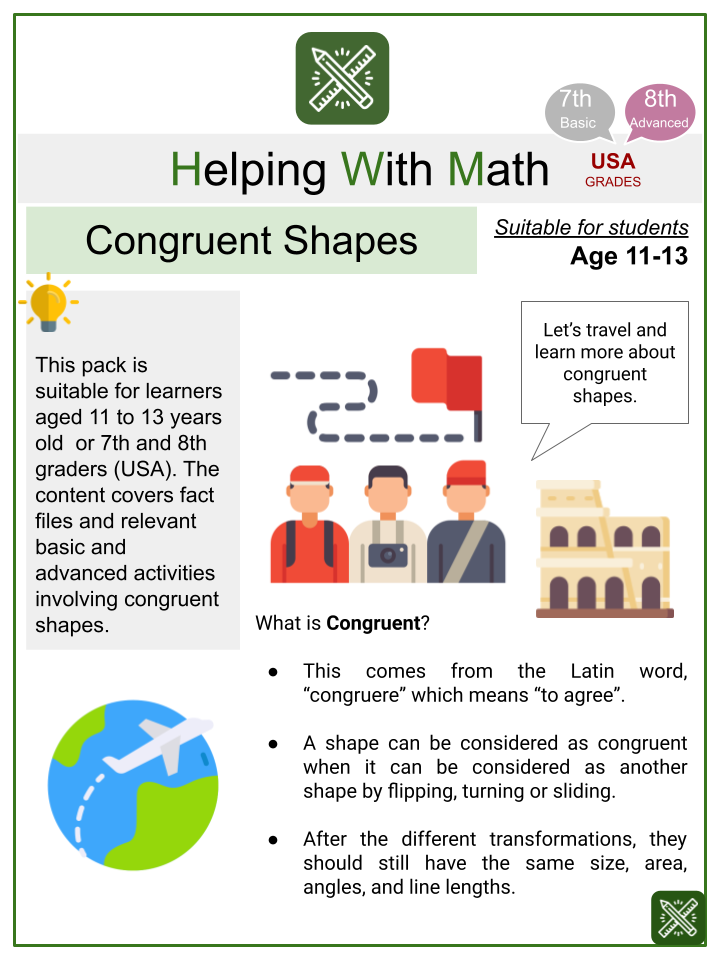7th Grade Math Worksheets
In this section, you can view all of our seventh-grade math worksheets and resources. These include common-core aligned, themed and age-specific worksheets. Perfect to use in the classroom or homeschooling environment.
We add dozens of new worksheets and materials for math teachers and homeschool parents every month. Below are the latest grade 7 worksheets added to the site.
7th Grade Common Core Aligned Learning Objectives & Standards:
Learning objectives:
In Grade 7, instructional time should focus on four integral areas:
(1) begin to create an understanding of and applying proportional relationships;
(2) developing an understanding of operations with rational numbers algebraic expressions and linear equations;
(3) solving problems involving scale drawings and informal geometric constructions, and working with two- and three-dimensional shapes to solve problems involving area, surface area, and volume; and
(4) figuring out inferences about populations based on samples.
a. Conceptual skills
- Learners distinguish proportional relationships from other types of relationships.
- They exhibit an integrated understanding of numbers, recognize fractions, decimals (e.g. repeating, terminating), and percents as different representations of rational numbers.
- They widen the connection of addition, subtraction, multiplication, and division to all rational numbers, in relation to the properties of operations and the relationships between addition and subtraction, and multiplication and division.
- They rationalize relationships among two-dimensional figures using scale drawings and informal geometric constructions, and they gain familiarity with the relationships between angles formed by intersecting lines.
b. Procedural skills
- Learners in this level expand their understanding of ratios and develop understanding of proportionality to solve single- and multi-step problems.
- 7th graders sketch the graph of proportional relationships and relate that to the rate of change, informally as a measure of the steepness of the related line, called the slope.
- Learners are expected to resume their understanding of area from the previous level, solve problems involving the area and circumference of a circle and surface area of three dimensional objects.
c. Life skills
- By applying equality properties, and by making use of negative numbers in terms of everyday contexts (e.g., amounts owed or temperatures below zero), students explicate and interpret the rules for adding, subtracting, multiplying, and dividing with negative numbers.
- They use the arithmetic of rational numbers as they formulate expressions and equations in one variable from real-life scenarios and use these equations to solve related problems.
- They are expected to apply their understanding of ratios and proportionality to solve a wide variety of percent problems, including those involving discounts, interest, taxes, tips, and percent increase or decrease.
- Solve problems about scale drawings by relating corresponding lengths between the objects or by using the fact that relationships of lengths within an object are preserved in similar objects.
- They build on their previous work with single data distributions to compare two data distributions and address questions about differences between populations. They begin informal work with random sampling to generate data sets and learn about the importance of representative samples for drawing inferences.
- Learners work with three-dimensional figures, relating them to two dimensional figures by examining cross-sections. They solve real-world and mathematical problems involving area, surface area, and volume of two- and three-dimensional objects composed of triangles, quadrilaterals, polygons, cubes and right prisms.



